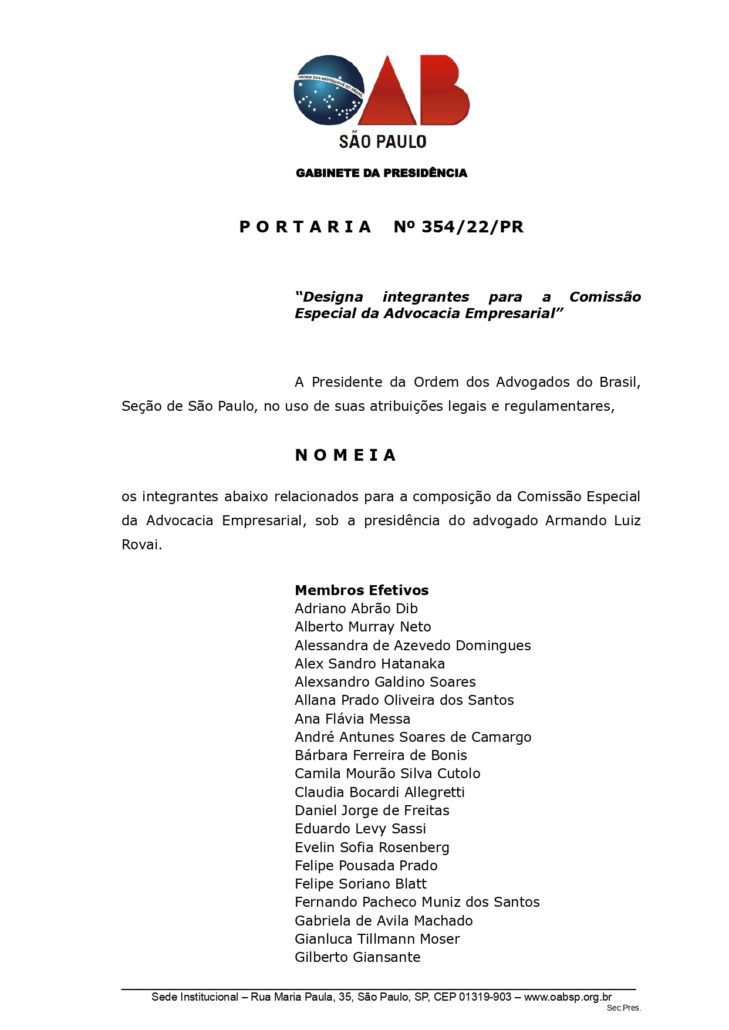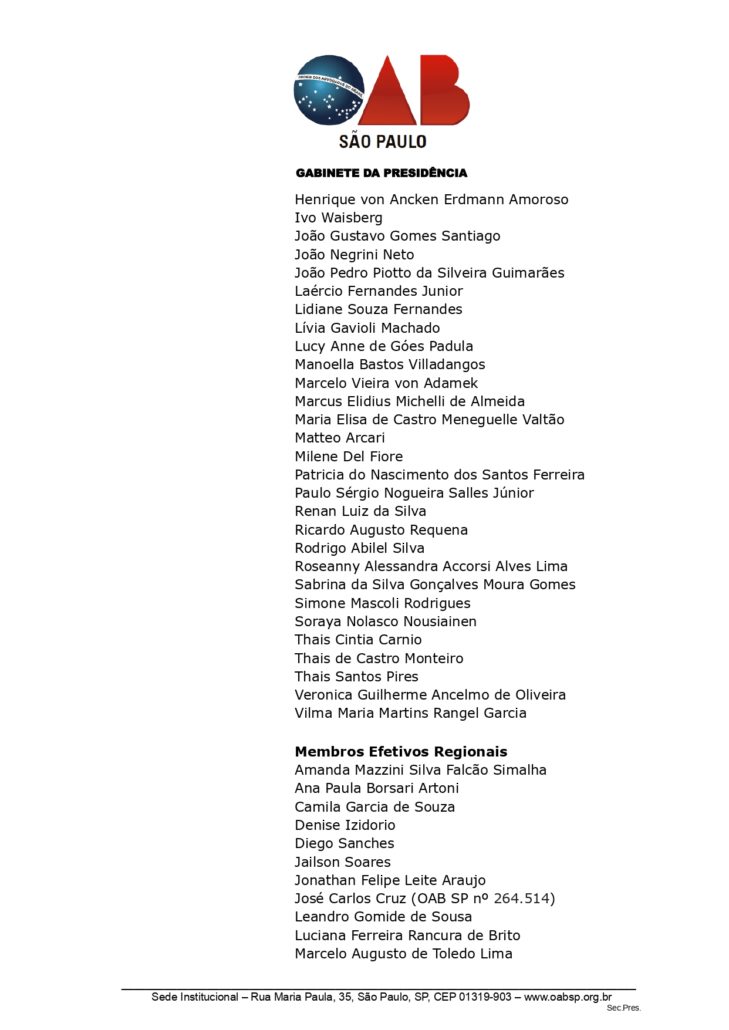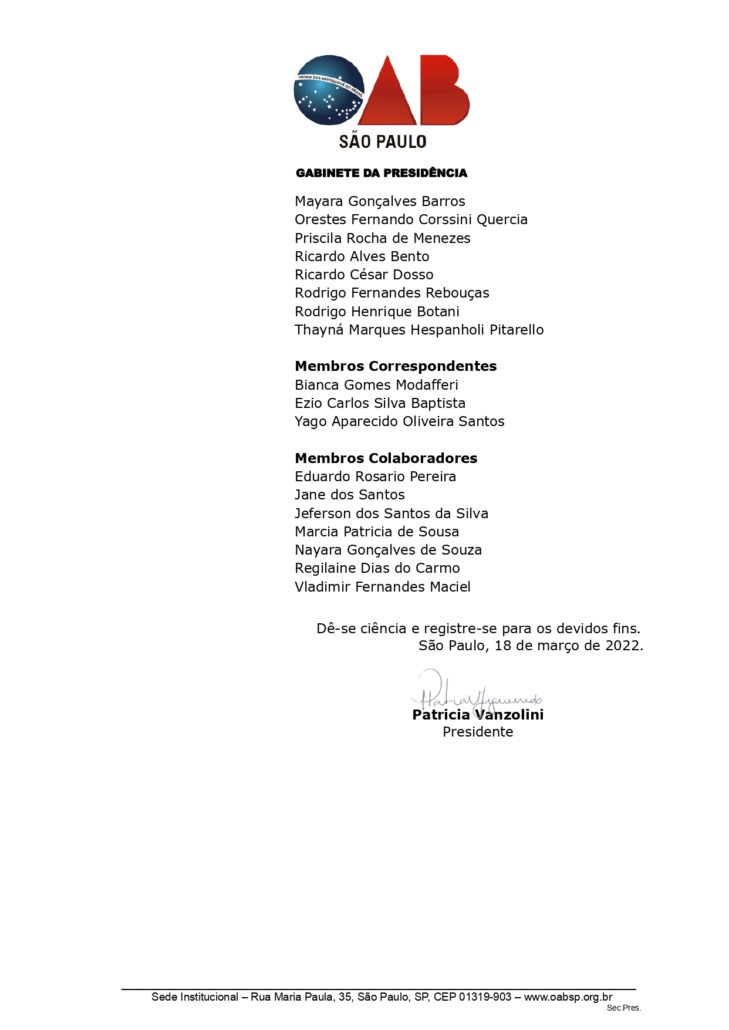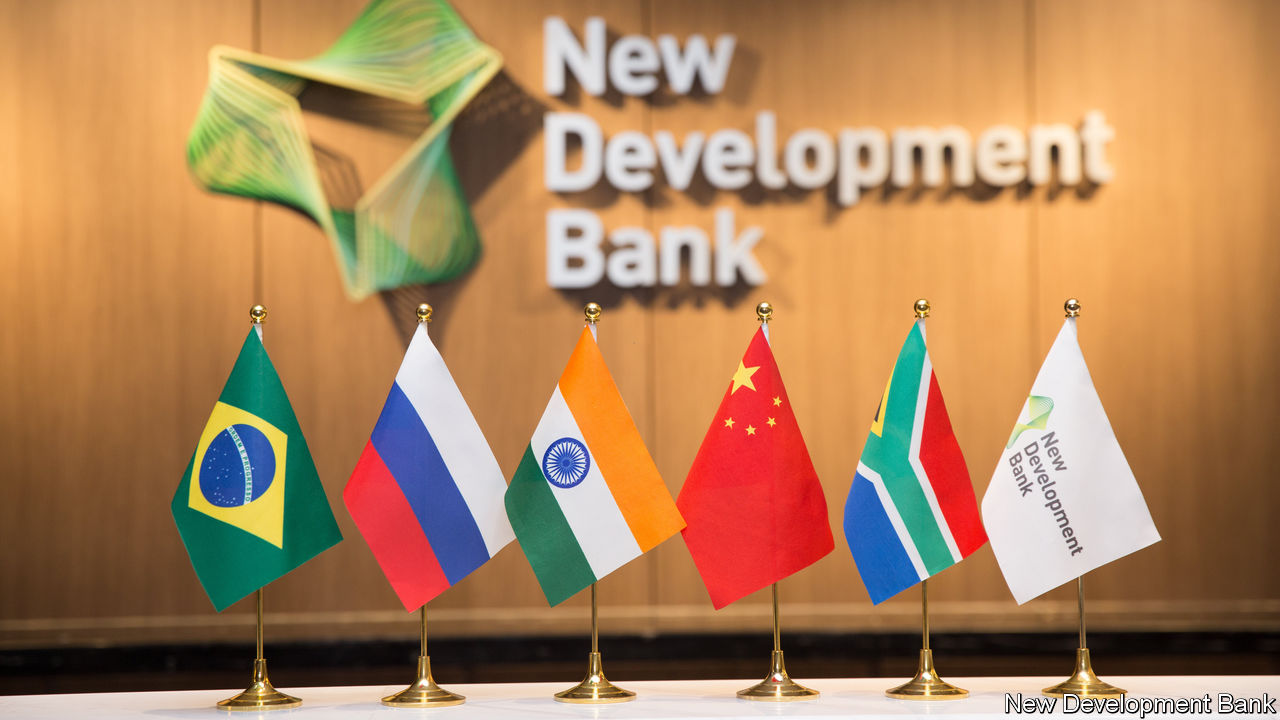
Braskem plans to spin off its biopolymer (green plastic) business into an independent company that will have other partners and shares traded on the stock exchange in Brazil or the United States, sources say. As a result, the Brazilian petrochemical company, which still have fossil raw material as its main source, seeks to go global and unlock market capitalization.
Braskem, which is controlled by Novonor (formerly Odebrecht) and Petrobras, hired Citi to draw strategic and financial investors to the project. The deal is valued at around $2 billion — the company plans to raise around $500 million, two sources familiar with the matter said.
According to another source, the format of the operation, which will finance the expansion of the production capacity of bioethylene and plastic resins from renewable sources, like ethylene glycol, is expected to be defined in two or three months.
Braskem intends to reach an installed capacity of 1 million tonnes of green plastic in the world by 2030, compared to the current 200,000 tonnes per year. Investments are estimated at $1 billion to $1.5 billion in this period.
To accelerate the project, the petrochemical company has been talking to potential financial partners, holders of innovative technology and suppliers of renewable raw materials. Fund Advent was one of the possible investors approached by the company. The manager, which has businesses in the chemical segment, was not interested because it would have a minority stake, sources say.
Two sources said that Braskem does not rule out running the project through a “special purpose acquisition company” (SPAC), taking advantage of environmental, social and governance (ESG) elements. In practice, SPAC is a listed company that does not have any asset.
In Brazil, Embraer resorted to a similar operation to enable the growth of its urban air mobility company. Eve is on its way to being listed on the New York Stock Exchange (NYSE) through Zanite, a U.S.-based SPAC founded by Kenn Ricci, co-owner of Directional Aviation, one of the largest executive jets operators in the world, and Steve Rosen, with Resilience Capital Partners.
According to sources, Braskem is also in initial talks with Cosan, which already supplies ethanol for the production of green ethylene by the petrochemical company in Triunfo (Rio Grande do Sul). According to a source familiar with the matter, Cosan is not interested in equity participation at this first moment.
The spin-off of the green ethylene business could drive Braskem shares, despite being a small operation compared with others in the company “This is a business that generates value, but that is not yet included in the price of the company as a whole,” said a source in the financial market, who asked not to be named.
In January, Braskem tried, without success, to carry out a secondary offering. It was not for lack of interest in the shares, but because investors were asking for discounts to take part in the operation.
Currently the largest biopolymers maker in the world, Braskem is investing $90 million to expand the production of green ethylene in Triunfo, which will start operating in December this year. With the contribution, the production of green ethylene will rise to 260,000 tonnes per year from 200,000 tonnes per year.
The second factory is expected to be installed in Thailand and the plan is to build two other production units, totaling four. There is no new expansion project in Triunfo so far, but the Rio Grande do Sul complex could be a candidate for future investments.
In Thailand, Braskem signed a letter of understanding with one of the largest local petrochemical companies, SCG Chemicals, to evaluate a joint investment in a new bioethanol dehydration plant to obtain green ethylene and produce biopolyethylene.
Braskem, Advent and Citi declined to comment. Cosan denied that it is in talks with Braskem.
Source: Valor International

/i.s3.glbimg.com/v1/AUTH_37554604729d4b2f9f3eb9ad8a691345/internal_photos/bs/2022/z/N/iWJcATTiaX2aiPY4YrdQ/renata-gil-amb-divulgacao.png)



/i.s3.glbimg.com/v1/AUTH_37554604729d4b2f9f3eb9ad8a691345/internal_photos/bs/2022/z/Z/1qphvOSVKANLACcbyBZQ/110221tomazoni27.jpg)


/i.s3.glbimg.com/v1/AUTH_37554604729d4b2f9f3eb9ad8a691345/internal_photos/bs/2022/C/A/ienzOSSCqBdSlzpMOeOA/140322xp22.jpg)
/i.s3.glbimg.com/v1/AUTH_37554604729d4b2f9f3eb9ad8a691345/internal_photos/bs/2022/P/M/Qk05T9RlArifPR0jp7AA/claudio-considera-leo-pinheiro-valor.png)

